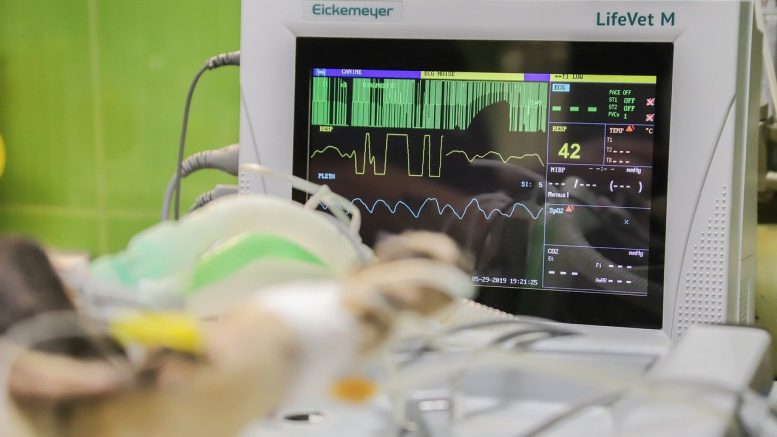According to the latest annual Statistical Update from the American Heart Association heart disease remains the leading cause of death worldwide. The American Heart Association’s Heart Disease and Stroke Statistics — 2021 Update, published in the Association’s flagship journal Circulation, and experts warn that the broad influence of the COVID-19 pandemic will likely continue to extend that ranking for years to come.
To date, nearly 18.6 million people died of cardiovascular disease in 2019, the latest year for which worldwide statistics are calculated. That reflects a 17.1% increase over the past decade. There were more than 523.2 million cases of cardiovascular disease in 2019, an increase of 26.6% compared with 2010.
The 2021 Statistical Update
Based on the 2021 Statistical Update, which furnished U.S. mortality data from 2018, cardiovascular disease remains the leading cause of death in the U.S. In the year 2020, approximately 360,000 lives were lost to COVID-19 in the U.S.; the release of data regarding all causes of death in the coming years will enable rank comparison of disease-specific causes of mortality that include COVID-19.
The U.S. data is gathered in conjunction with the National Institutes of Health (NIH) and other government agencies, while the global trends are provided by the Global Burden of Disease Study from the Institute for Health Metrics and Evaluation at the University of Washington.
New in this year’s report is a chapter devoted to adverse pregnancy outcomes, which are known to increase the risk of cardiovascular disease in mothers and their babies. Pregnancy complications including hypertensive disorders, gestational diabetes, preterm births and small for gestational age at birth deliveries occur in 10% to 20% of all pregnancies in the U.S. Cardiovascular deaths are the most common cause (26.5%) of maternal death in the U.S.
“We must address this issue to save the lives of mothers and to improve the health of their children at birth, but also over their lifetime,” Salim S. Virani said. “There can be long-term effects on offspring of women who suffer pregnancy-related complications. But we can also help impact the health of future generations because as we help women learn to reduce their cardiovascular risk, they’re likely to adopt healthier lifestyles. In turn, they can influence the health behaviors of their families.”
COVID-19 and Heart Diseases
Experts predict the global burden of cardiovascular disease will grow exponentially over the next few years as the long-term effects of the current COVID-19 pandemic evolve.
“COVID-19 has taken a huge toll on human life worldwide and is on track to become one of the top three to five causes of death in 2020. But its influence will directly and indirectly impact rates of cardiovascular disease prevalence and deaths for years to come,” said Salim S. Virani, M.D., Ph.D., FAHA, chair of the writing committee for the 2021 Statistical Update and an associate professor in cardiology and cardiovascular research sections at Baylor College of Medicine in Houston, Texas.
“Research is showing that the unique coronavirus can cause damage to the heart. Importantly, we also know people have delayed getting care for heart attacks and strokes, which can result in poorer outcomes.”
But, expert still thinks that an even more critical issue will be the cardiovascular health risks that are exacerbated by the poor lifestyle behaviors that have been prevalent throughout the pandemic.
“The extraordinary circumstances of dealing with COVID-19 have changed the way we live, including adopting unhealthy behaviors that are known to increase the risk of heart disease and stroke,” Virani said. “Unhealthy eating habits, increased consumption of alcohol, lack of physical activity and the mental toll of quarantine isolation and even fear of contracting the virus all can adversely impact a person’s risk for cardiovascular health. We’ll need to watch and address these trends as the full ramifications will likely be felt for many years to come.”





Be the first to comment on "Heart Disease And COVID-19 Impact On Patients"